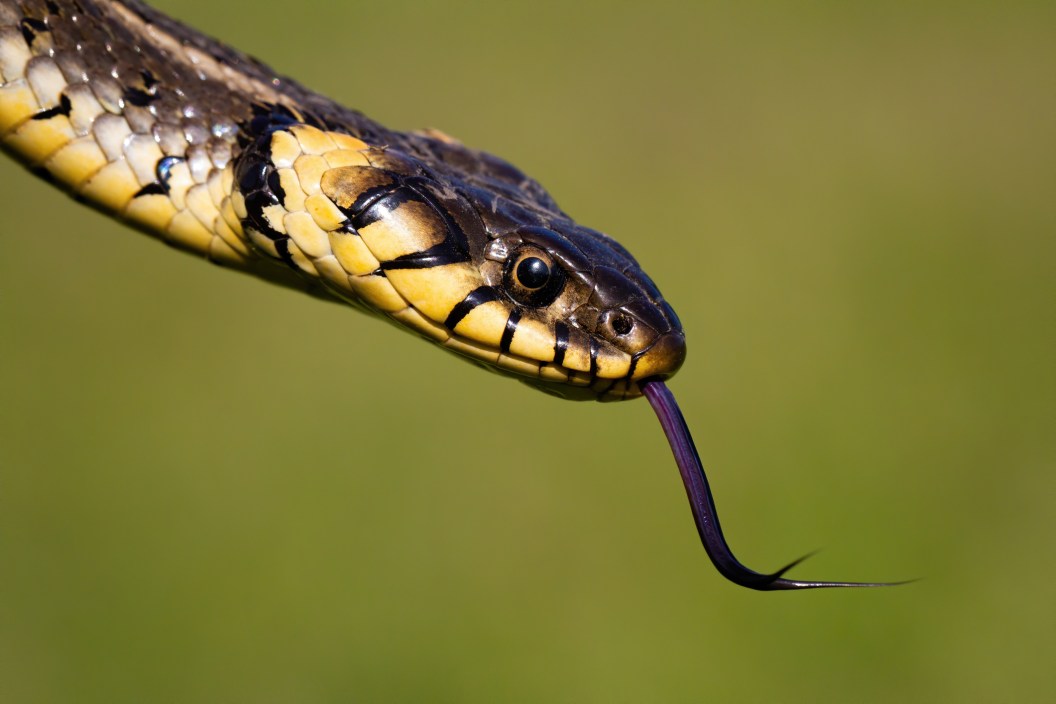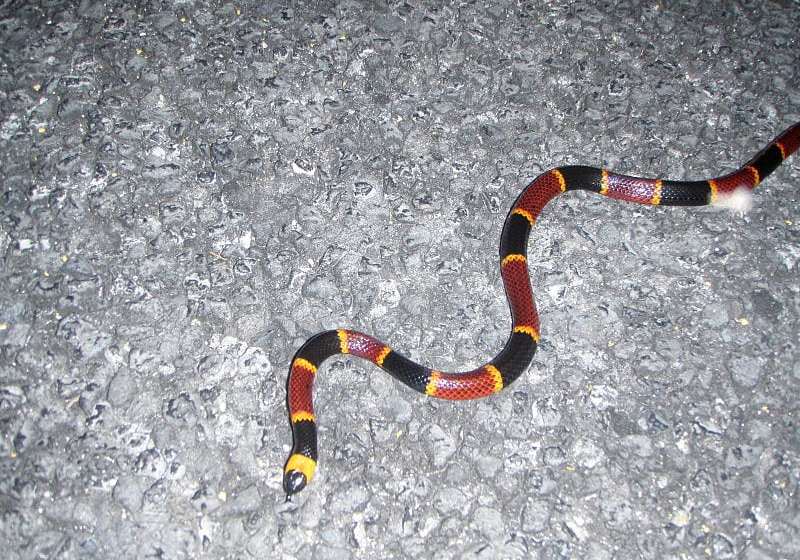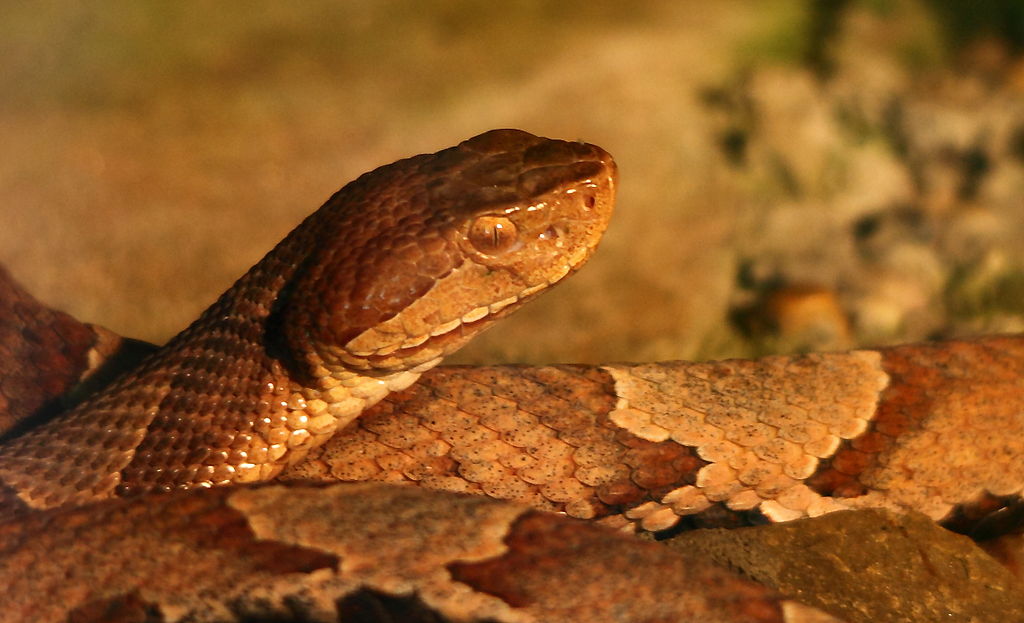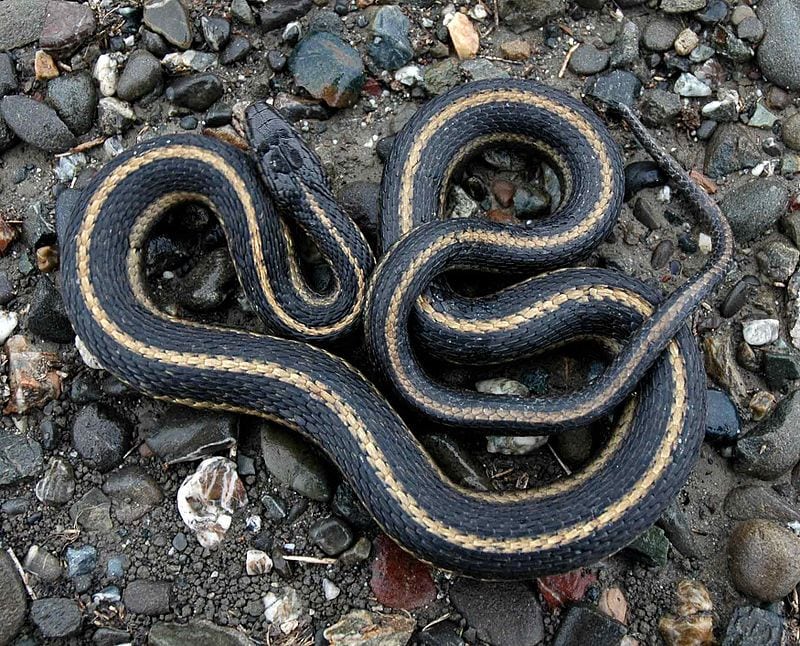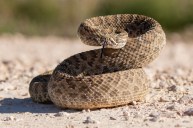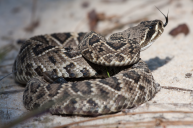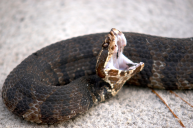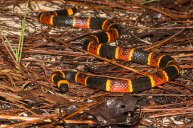Slithery, smooth, and swift: Snakes are legless vertebrates that have long bodies covered with scales. The snakes of the United States fall into five categories, including families: boidae (boas), colurbridae (colubrid), crotalidae (pit vipers), leptotyphlopidae (blind snakes), and elapidae (coral snakes).
They are found in most states and, beyond the United States, they exist in most places in the world (with the exception of Antarctica, Iceland, Ireland, Greenland, and New Zealand).
Of the more than 3,000 global different snake species, about 600 are venomous, and about 7% of those are able to kill or significantly hurt humans.
Snakes are ectothermic, meaning they need external warmth to maintain body temperature. In certain climates, such as the tropics, snakes will be active all year. In seasonally changing climates, most snake encounters will happen during the warmer months. Because they are cold-blooded reptiles, snakes are mostly dormant during cooler seasons.
There are many different ways to identify snakes, including head shape, coloration, body type, eyes, scales, and other features.
Patterns and Coloration
Patterns and coloration can help to identify snake species. There are many different patterns that naturally occur on snakes, including blotches, diamonds, speckles, spots, crossbands, stripes, and rings. Certain patterns are often associated with either venomous or non-venomous snakes, but there are exceptions.
There can be a lot of color and pattern variation between a single species, too. Many snakes with either yellow or orange vertical stripes over the length of their bodies are harmless garter snakes or ribbon snakes, but garter snakes can have a spotted or barred color pattern, too.
Be aware that there are lookalike species. The coral snake, like the one in the picture above, is brightly colored and patterned. It is also highly venomous. Milk snakes look similar to coral snakes, which is probably an evolved trait to help keep milk snakes safe from predators. Don't handle any brightly colored and patterned snake.
There is a rhyme, with several variations, that has been passed down to help tell the difference between a venomous snake and a non-venomous snake. Versions include "Red touches black, safe for Jack. Red touches yellow, kills a fellow"; and "Yellow touching red: You're dead." Other versions also exist. While this can be a reliable way to determine whether a snake is venomous, it is not a fail-safe, and it depends on the region where the snake is. Compare the eastern coral snake to the South American coral snake. The poem holds true to the rhyme for the eastern coral snake but not the South American coral snake, which has black bands touching red bands. In that instance, "Red touches black, safe for Jack" could lead to a fatal mistake.
Also keep an eye out for the scarlet king snake. It is another species that sometimes greatly resembles the coral snake, but it is harmless. In North America, it is probably a good rule of thumb to be cautious around any patterned snake; but remember that one of the most venomous snakes on Earth, the black mamba, is solidly colored. There are really no hard-and-fast rules for snake identification.
Pupil Shape
Most venomous snakes, especially in North America, have eyes that are vertical slits, like a cat's eye. Generally, non-venomous snakes have rounded eyes, and venomous snakes have slit eyes—but it is not always the case.
With some snakes, it is very easy to identify them as harmless from their pupils, such as with garter snakes. But again, keep in mind the black mamba, a snake that has round pupils and is also venomous, just like cobras and the eastern brown snake in Australia.
Head and Body Shape

Wikimedia Commons Cottonmouth
A lot of guides online will tell you to look for a triangular-shaped head on a venomous snake. This method is not always reliable, as some non-venomous snakes can mimic the head shape of venomous ones. Look at any python or boa. They have triangular-shaped heads but are not venomous.
One North American snake often mistaken as dangerous is the eastern hognose snake. This reptile has a triangular head, but it is completely harmless.
The eastern hognose snake also likes to flatten itself out, almost giving it the appearance of a cobra's hood on some snakes. It has probably led to more than one hognose being unnecessarily killed as a result.
Ribbon snakes and garter snakes tend to have greatly streamlined bodies, where there is almost no definition between the head, neck and the rest of the body.
On the other hand, copperheads, rattlesnakes, and water moccasins do tend to have a bulkier and more defined head than most venomous snakes. On rattlesnakes and water moccasins in particular, you might notice a more defined neck behind the head. These snakes also tend to have a bulkier or heavier-looking appearance than a harmless snake.
Rattle
You do have to love rattlesnakes a bit for having such an obvious giveaway trait that makes for a quick identification. There is really no mistaking it when you run across a timber rattlesnake or eastern Massasauga rattler. You are too close and should probably back away.
Keep in mind that even the young snakes will have at least the beginnings of a rattle. However, the tale that snakes add one new rattle a year is nothing more than an urban legend.
Once again, keep in mind that some non-venomous snakes like to imitate the tail-twitching of a rattlesnake. It should be obvious if the snake is shaking its tail and there is no noise. If you hear a rattle, it is a rattlesnake.
Location
There are many variations and sub-species of snakes in the United States. Research the specific species in your state. Be sure to use an official state wildlife page or other reputable resource. Most states have a snake page set up on their natural resources site specifically to aid in identification.
READ MORE: Hiking in Rattlesnake Country: How to Stay Safe and What to Do if You Get Bit
